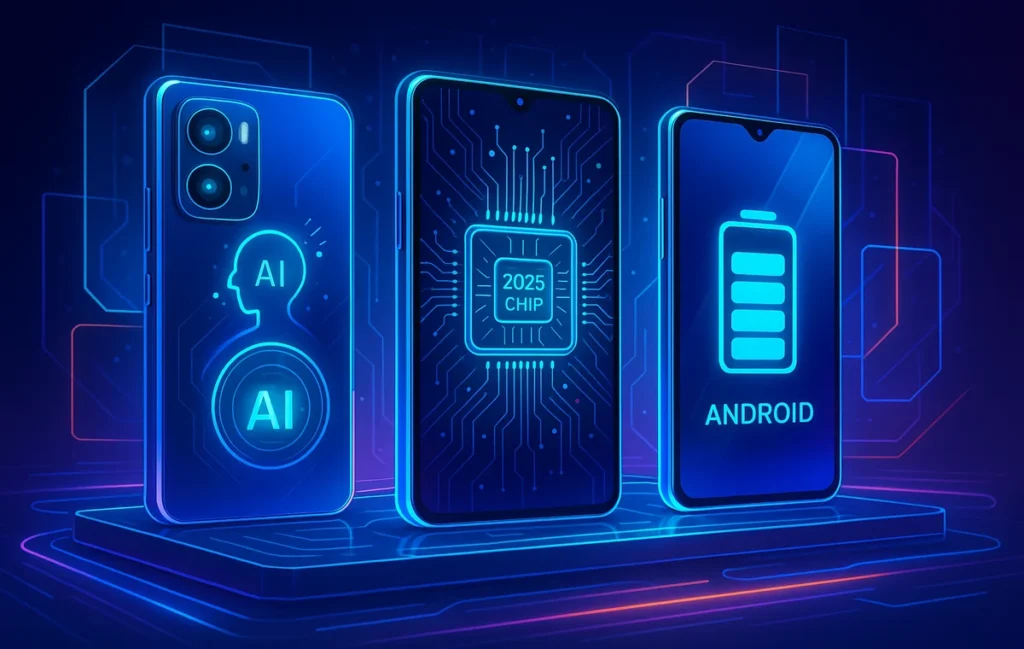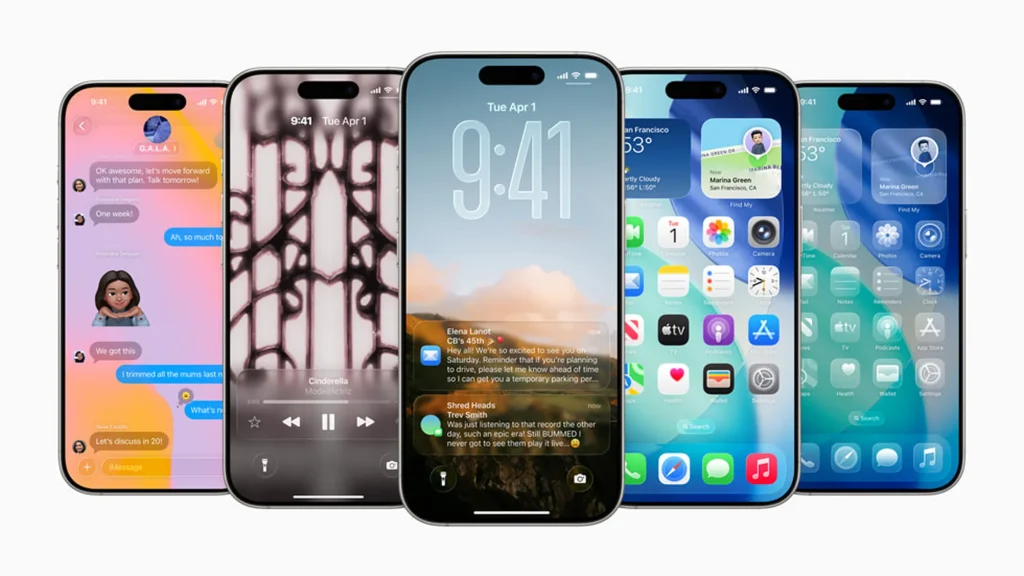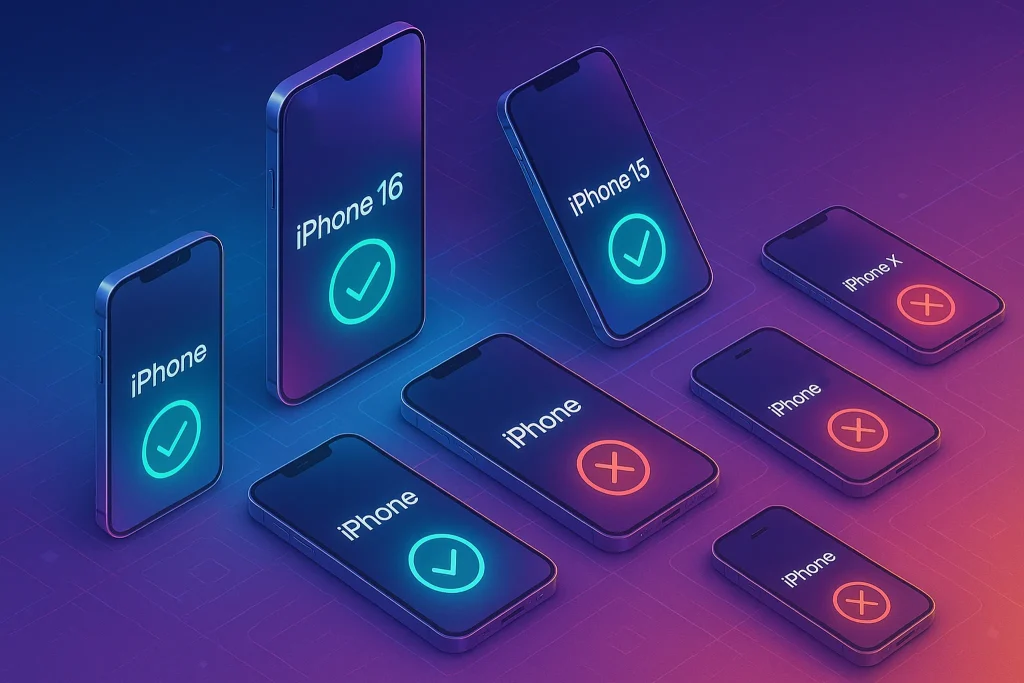📸 Why Android Phones in 2025 Are About More Than Specs
Every year, the Android flagship race heats up. But 2025 feels different. This isn’t just about bigger batteries or faster chips. With on-device AI shaping everything from camera post-processing to personalized app flows, phones are no longer just communication tools—they’re becoming AI companions in your pocket.
Samsung, Google, OnePlus, Xiaomi, and ASUS ROG have each taken unique bets: Samsung doubled down on AI camera magic, Google leaned into Tensor-powered intelligence, OnePlus aimed at performance with simplicity, Xiaomi brought affordability with high-end features, and ASUS ROG stayed loyal to power-hungry gamers.
💡 Nerd Tip: In 2025, a “spec sheet” isn’t enough. The real question is: how do cameras, chips, and battery combine with AI to shape daily experience?
📷 Cameras: Computational Photography Goes Pro
Cameras remain the battlefield. Flagships are no longer competing just on megapixels but on AI-driven computational photography.
-
Samsung Galaxy S25 Ultra introduced a new 200MP sensor enhanced by Galaxy AI, with scene-aware adjustments in real time. Night photography is brighter than ever without artificial over-sharpening.
-
Google Pixel 9 Pro stayed true to its identity: Pixel AI makes portraits indistinguishable from DSLR output, and its real-time video stabilization got rave reviews from creators on X. One reviewer wrote:
“Shot a full vlog on Pixel 9 Pro. Zero gimbal, zero fuss. It’s scary how stable this is.”
-
OnePlus 13 Pro partnered with Hasselblad again, adding AI RAW+ mode for pros. It bridges smartphone speed with DSLR-like flexibility.
-
Xiaomi 15 Ultra delivered shockingly good telephoto results at a lower price point, targeting users who want flagship photography without premium pricing.
-
ASUS ROG Phone 9 didn’t push boundaries in photography but held steady, knowing gamers care more about refresh rates than camera modules.
💡 Nerd Tip: If your daily routine includes content creation, Google Pixel and Samsung stand out. If photography is secondary, you can prioritize chips and battery.
If you’re cross-shopping Apple’s latest against these Android shooters, our Apple iPhone 16 Pro Review dives into color science, low-light behavior, and pro video pipelines. Reading it alongside this section makes it easier to separate taste (tone, warmth, HDR look) from tech (sensor size, stabilization, AI denoise) before you commit to an ecosystem.
⚡ Chips: AI at the Core
Performance in 2025 is no longer about raw gigahertz—it’s about AI inference speed and energy efficiency.
-
Qualcomm Snapdragon 8 Gen 4 powers Samsung, OnePlus, and Xiaomi’s flagships. Benchmarks showed 15% faster AI model execution compared to last year. On-device assistants now run without cloud dependence.
-
Google Tensor G4 took a different route. While not leading in GPU scores, its TPU cores make Pixel unmatched in live translation, transcription, and generative photo edits.
-
MediaTek Dimensity 9400 appeared in select Xiaomi models, optimized for affordability while delivering nearly Snapdragon-level performance at lower thermal output.
-
ASUS ROG Phone 9 pushed limits with an overclocked Snapdragon, scoring record highs in gaming benchmarks. Titles like Genshin Impact and AAA cloud games ran consistently above 120fps.
💡 Nerd Tip: For gaming, ASUS ROG rules. For AI-driven everyday life, Google Tensor’s efficiency is unmatched. For balance, Snapdragon 8 Gen 4 is the safe all-rounder.
For mobile gamers comparing “phone + controller” versus a dedicated handheld, our Steam Deck OLED Review explains when a purpose-built device outperforms even an overclocked Android flagship in sustained loads, mod support, and library depth—so you can choose between all-in-one convenience and best-in-class gaming sessions.
🔋 Battery Life: Longer, Smarter, Cooler
Batteries are where 2025 brought a real leap. Silicon-carbon chemistry and AI-optimized charging have changed the game.
-
Samsung Galaxy S25 Ultra packs a 5,500mAh battery, lasting close to two days in moderate use. Galaxy AI manages background apps aggressively without killing productivity.
-
Pixel 9 Pro has a smaller 5,000mAh pack but leverages AI scheduling, extending screen-on time by 15% compared to Pixel 8.
-
OnePlus 13 Pro excels in charging speed. Its 150W SuperVOOC 2.0 fills 0–100% in just 19 minutes.
-
Xiaomi 15 Ultra follows closely, offering 120W fast charge and wireless 80W charging.
-
ASUS ROG Phone 9 features a dual-cell 6,000mAh system designed to sustain hours of continuous gaming with minimal heat.
💡 Nerd Tip: Battery size is only half the story—AI-driven charging patterns now protect longevity and extend usable cycles.
🤖 AI Features: Phones That Think With You
The biggest change in 2025 isn’t visible in hardware—it’s in how AI transforms the experience.
Samsung’s Galaxy AI rewrites notes, summarizes calls, and generates custom wallpapers. Pixel’s on-device AI translates live video calls without lag. OnePlus integrates AI productivity features like automated task suggestions. Xiaomi leans on affordability, embedding generative text and photo features. And ASUS ROG offers gamer-focused AI that optimizes performance mid-session.
💡 Nerd Tip: If you’re buying a phone for longevity, prioritize AI horsepower. It will dictate how relevant your phone feels in three years.
Audio matters for travel, calls, and edits. Pair any of these phones with premium ANC cans and you’ll feel the upgrade daily; our Sony WH-1000XM6 Review covers comfort over long flights, multipoint stability, and LDAC performance—making it a smart companion whether you pick Samsung, Pixel, OnePlus, Xiaomi, or ASUS ROG.
📊 Quick Comparison Table
| Model | Camera Strength | Chipset | Battery & Charging | Price Range |
|---|---|---|---|---|
| Samsung S25 Ultra | 200MP + Galaxy AI night mode | Snapdragon 8 Gen 4 | 5,500mAh, 45W, 2-day battery | $1,199+ |
| Google Pixel 9 Pro | Pixel AI DSLR-grade portraits | Tensor G4 | 5,000mAh, smart AI scheduling | $999+ |
| OnePlus 13 Pro | Hasselblad AI RAW+ | Snapdragon 8 Gen 4 | 5,200mAh, 150W super-fast | $899+ |
| Xiaomi 15 Ultra | Affordable telephoto flagship | Snapdragon/Dimensity | 5,200mAh, 120W wired, 80W wireless | $799+ |
| ASUS ROG Phone 9 | Secondary to gaming | Overclocked Snapdragon | 6,000mAh dual-cell, gaming optimized | $1,099+ |
⚡ Ready to Upgrade Your Daily Driver?
Check out the latest Android flagships with AI-driven cameras, ultra-fast charging, and chips built for tomorrow’s apps.
🧪 Case Study: Real-World Users in Action
Specs tell one story, but how these phones perform in real life is where choices are made. Take for instance a travel vlogger who switched to the Google Pixel 9 Pro for daily vlogs. With Pixel AI stabilizing 4K footage in real time, she reported leaving her gimbal behind for the first time, cutting down her gear weight by 60%. On the other end of the spectrum, a mobile gamer who streams Call of Duty Mobile on Twitch tested the ASUS ROG Phone 9. Its overclocked Snapdragon and 6,000mAh battery let him stream two hours continuously without frame drops, something his older Samsung struggled with.
💡 Nerd Tip: Look beyond the specs—ask how a phone holds up under your actual lifestyle demands.
📊 Benchmarks That Back the Specs
Numbers validate claims. Independent 2025 tests showed:
-
AnTuTu Scores: Snapdragon 8 Gen 4 phones like the Samsung S25 Ultra and OnePlus 13 Pro crossed the 2 million benchmark mark, while Tensor G4 in Pixel 9 Pro landed slightly lower but excelled in AI inference speed.
-
Battery Screen-On Time: Pixel 9 Pro averaged 9.5 hours, Samsung S25 Ultra nearly 11 hours, and ASUS ROG 9 stretched to 13+ hours under gaming-heavy use.
-
Charging Speeds: OnePlus 13 Pro went from 0–100% in just 19 minutes, Xiaomi 15 Ultra in 21 minutes, while Samsung and Google remained conservative at around 45–50 minutes.
💡 Nerd Tip: Benchmarks highlight priorities: Samsung wins endurance, OnePlus leads speed, Google owns AI optimization.
💵 Value Perspective: Price vs. Power
Flagship phones in 2025 are expensive, but not all dollars buy the same value. Samsung commands over $1,199, but it delivers a polished premium feel and unmatched ecosystem. Google Pixel, at around $999, hits a sweet spot for creators who want photography and AI power. OnePlus at $899 balances high-end performance with affordability, while Xiaomi at $799 brings near-flagship features to more people. ASUS ROG, at $1,099, targets a niche gaming segment willing to pay for power and accessories.
💡 Nerd Tip: Always match cost to what you truly use—if you won’t game at 144Hz, paying for ROG is wasted money.
If you’re leaning Android but the current flagships stretch your budget, hop over to our Best Smartphones Under $500. We pressure-test mid-range phones for camera consistency, battery endurance, and update policies, so you can trade a bit of flagship polish for serious value—without painful compromises in the features that actually shape day-to-day experience.
🌐 Ecosystem Integration
Smartphones in 2025 are no longer islands—they’re hubs in broader ecosystems. Samsung’s Galaxy line pairs seamlessly with the Galaxy Watch, Buds, and Tab, making it the most complete lifestyle suite. Google’s Pixel integrates with Pixel Watch and Pixel Buds, plus its AI features tie tightly to Google Workspace. OnePlus offers good synergy with its Buds and Pad but lags in wearables. Xiaomi shines for smart home integration, particularly in Asia, where lights, vacuums, and TVs all tie into the Mi Home app. ASUS ROG has carved its own space, with external cooling fans, docks, and controllers for gamers who want console-like immersion.
💡 Nerd Tip: Don’t buy a phone—buy into an ecosystem. It’s the extras that make the daily experience seamless.
Wearables can tip the balance. If your fitness and outdoor workflows already live in Apple’s universe, skim our Apple Watch Ultra 3 Review to gauge battery stamina, dual-frequency GPS accuracy, and safety features. It’s a useful lens for deciding whether Android’s phone advantages outweigh the watch-first experience you might rely on every single day.
🔮 Beyond 2025: Where Android Flagships Are Headed
Looking ahead, Android flagships are set to evolve beyond today’s incremental updates. Battery innovation is on the horizon, with solid-state and graphene-based packs promising multi-day usage without bulk. On-device AI will become standard, making assistants run completely offline, personalized to each user. Expect deeper integration with wearables and even AR glasses, where your phone acts as the “brain” of a larger personal computing system. Companies like Samsung and Google are already experimenting with AR companions, and Xiaomi is prototyping affordable foldables with built-in AI translators.
💡 Nerd Tip: Future-proofing isn’t about getting the highest RAM today—it’s about choosing brands investing most in AI and next-gen battery R&D.
📬 Want More Smart AI Tips Like This?
Join our free newsletter and get weekly insights on gadgets, AI features, and future tech—delivered to your inbox.
🔐 100% privacy. No noise. Just value-packed tech updates from NerdChips.
🧠 Nerd Verdict
2025 proves that the Android flagship game is less about raw specs and more about synergy. Samsung and Google dominate in AI-powered cameras, OnePlus and Xiaomi deliver power and speed at better value, and ASUS ROG remains untouchable for gamers. NerdChips’ take? The “best” Android phone depends on whether you shoot, game, or work—but one thing is clear: AI has become the invisible hand guiding the experience.
❓ FAQ: Nerds Ask, We Answer
💬 Would You Bite?
If you had to choose today, would you go for Samsung’s AI-powered camera, Google’s Tensor brains, or ASUS’s gaming endurance?
Which matters most to you in 2025? 👇
Crafted by NerdChips for readers who want tech choices explained with clarity, not just specs.



